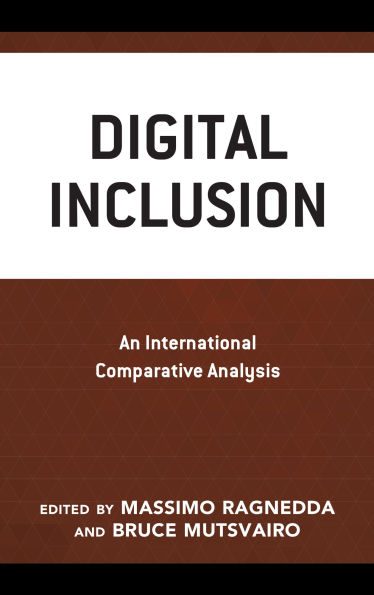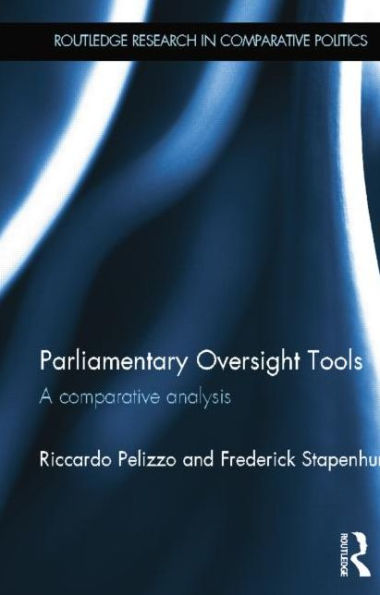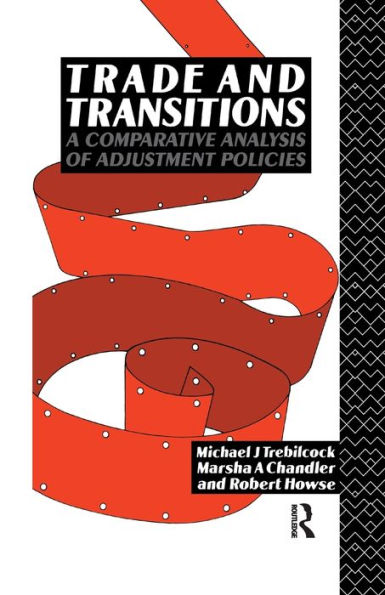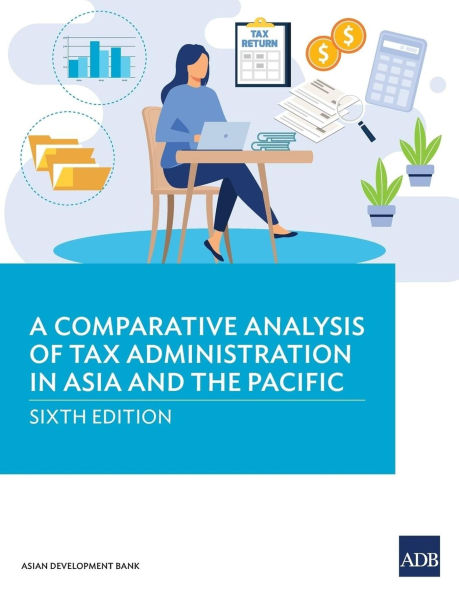Home
International Neurolaw: A Comparative Analysis
Barnes and Noble
International Neurolaw: A Comparative Analysis
Current price: $109.99


Barnes and Noble
International Neurolaw: A Comparative Analysis
Current price: $109.99
Size: Hardcover
Loading Inventory...
*Product information may vary - to confirm product availability, pricing, shipping and return information please contact Barnes and Noble
Whereas the past few years have repeatedly been referred to as the “era of biotechnology”, most recently the impression has emerged that at least the same degree of attention is being paid to the latest developments in the field of neurosciences. It has now become nearly impossible to maintain an overview of the number of research projects dealing with the functionality of the brain – for example concerning its organizational structure – or projects dealing with the topics of legal responsibility, brain-computer interface applications, neuromarketing, lie detection or mind reading. These procedures are connected to a number of legal questions concerning the framework conditions of research projects as well as the right approach to the findings generated. Given the primary importance of the topic for the latest developments, it is essential to compare the different legal systems and strategies that they offer for dealing with these legal implications. Therefore, the book
International Neurolaw – A Comparative Analysis
contains several country reports from around the world, as well as those of international organizations such as UNESCO, in order to show the different legal approaches to the topic and possible interactions.
International Neurolaw – A Comparative Analysis
contains several country reports from around the world, as well as those of international organizations such as UNESCO, in order to show the different legal approaches to the topic and possible interactions.

















